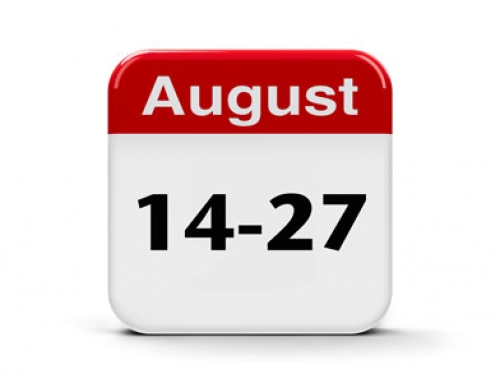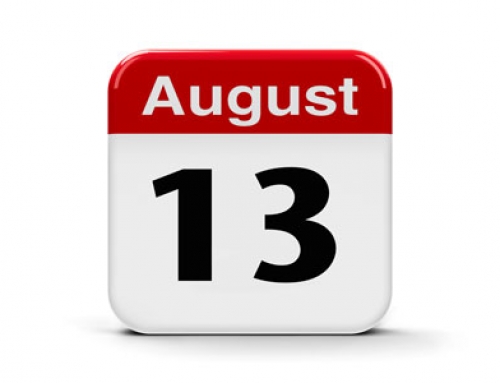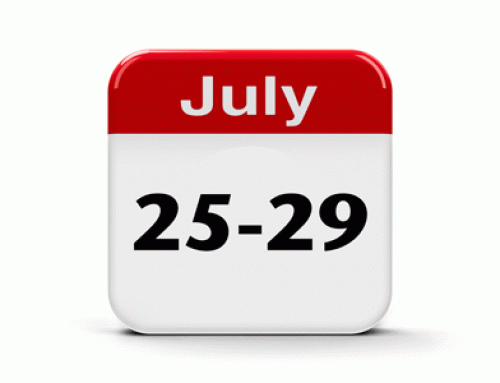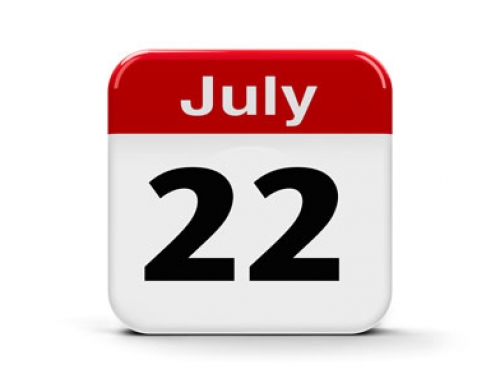Pure, natural and healthy. The “clever and powerful” marketing of bottled water has led to Australians buying record amounts at prices far higher than for milk or petrol.
About 5.3 million Australians above 14 years of age said they drank bottled water in an average week in 2015, an 8 per cent increase on the previous year’s figure, according to market research firm Roy Morgan.
The most popular brand was Coca-Cola’s Mount Franklin – gulped down by 40 per cent of the bottled water drinkers – followed by Coles Natural Spring Water, Pump Pure Water and Cool Ridge.
Andrew Price from Roy Morgan said women were fuelling the consumption boom, with more women than men buying nine out of the top 10 brands.
“By emphasising the natural and untouched quality of their water, these brands are implying, without stating outright, they are better for the consumer than tap water,” he said.
“This message appears to be resonating with more women than men: Not only do they drink more of it, but slightly more agree that ‘bottled water is better to drink than tap water’.”
Gary Mortimer, senior marketing lecturer at the Queensland University of Technology, said labelling imagery of snow-capped mountains and rainforests made consumers link bottled water with purity and nature.
Shoppers are forking out $3 a litre for Mount Franklin and $8 a litre for Voss, while milk and petrol sit below $1.50 a litre.
The cost of a 600ml Mount Franklin is comparable to 1000 litres of Sydney tap water. Many taste tests have shown most consumers can’t taste the difference between bottled and tap.
The research also showed the bottled water was most popular among consumers between 25 and 34 years of age.
Despite efforts to curb consumption, such as bottled water bans in towns and universities, the annual sales figure has nearly doubled in the past 15 years to 726 million litres in 2015, according to research giant Canadean. Sales are expected to hit 867 million litres in 2020.
Geoff Parker, chief executive of the Australian Beverages Council, said the marketing push began 10 years ago, with the growing interest in health and fitness and demand for a convenient, zero-calorie drink.
“Bottled water doesn’t compete with tap water, it competes with every other commercial beverage it shares shelf space with, whether that’s in a vending machine, convenient store fridge, or on a supermarket shelf,” he said.
Plastic bottles are among the 10 most common rubbish items picked up by Clean Up Australia Day volunteers, but a separate piece of Roy Morgan research shows people who drink bottled water hold similar environmental attitudes to those who do not.
Dave West, founder of Boomerang Alliance, said aside from consumers caving into marketing hype, his biggest concern was the move by companies to light weight plastics.
He said light weight plastics actually exacerbated the problem of plastics, especially micro-plastics in the marine environment.
Coca-Cola Amatil said the ongoing “light weighting” of its beverage packages, including a 42 per cent reduction in 600mL water PET, was a key part of efforts to keep the environment clean.
Source: http://www.smh.com.au/business/consumer-affairs/bottled-water-boom-why-australians-are-paying-more-per-litre-than-for-milk-and-petrol-20160506-goo1h1.html






